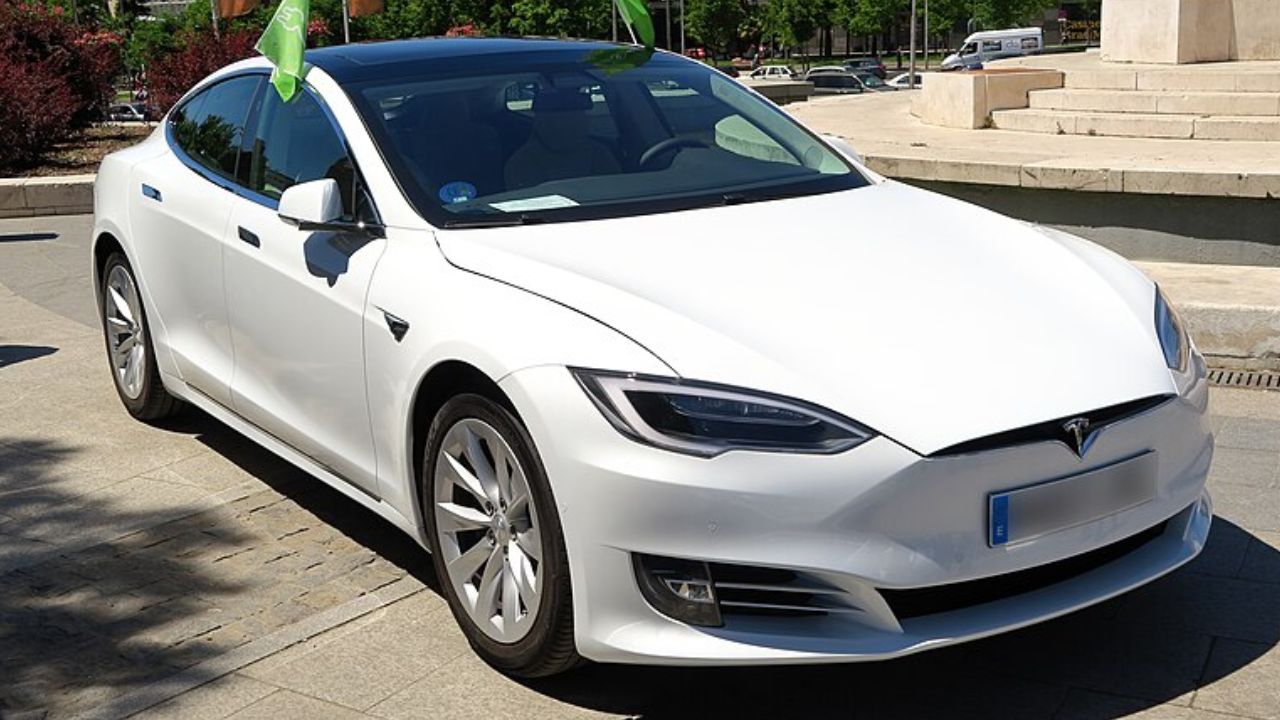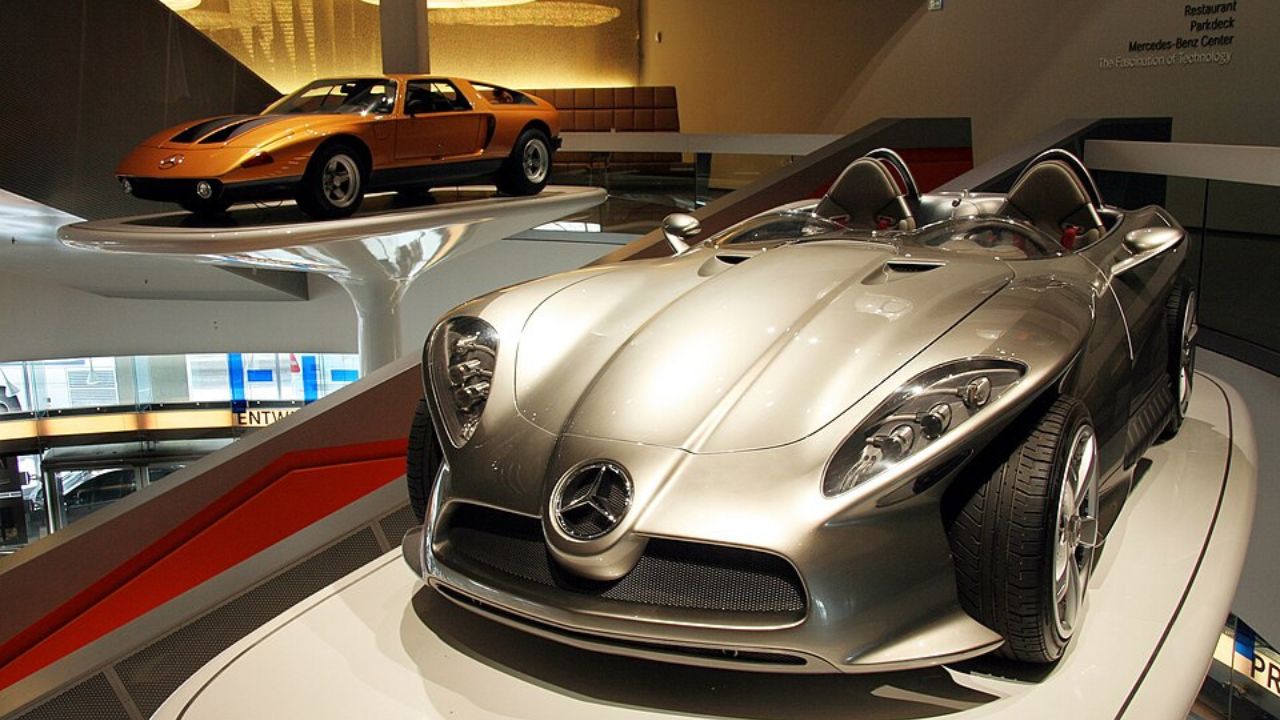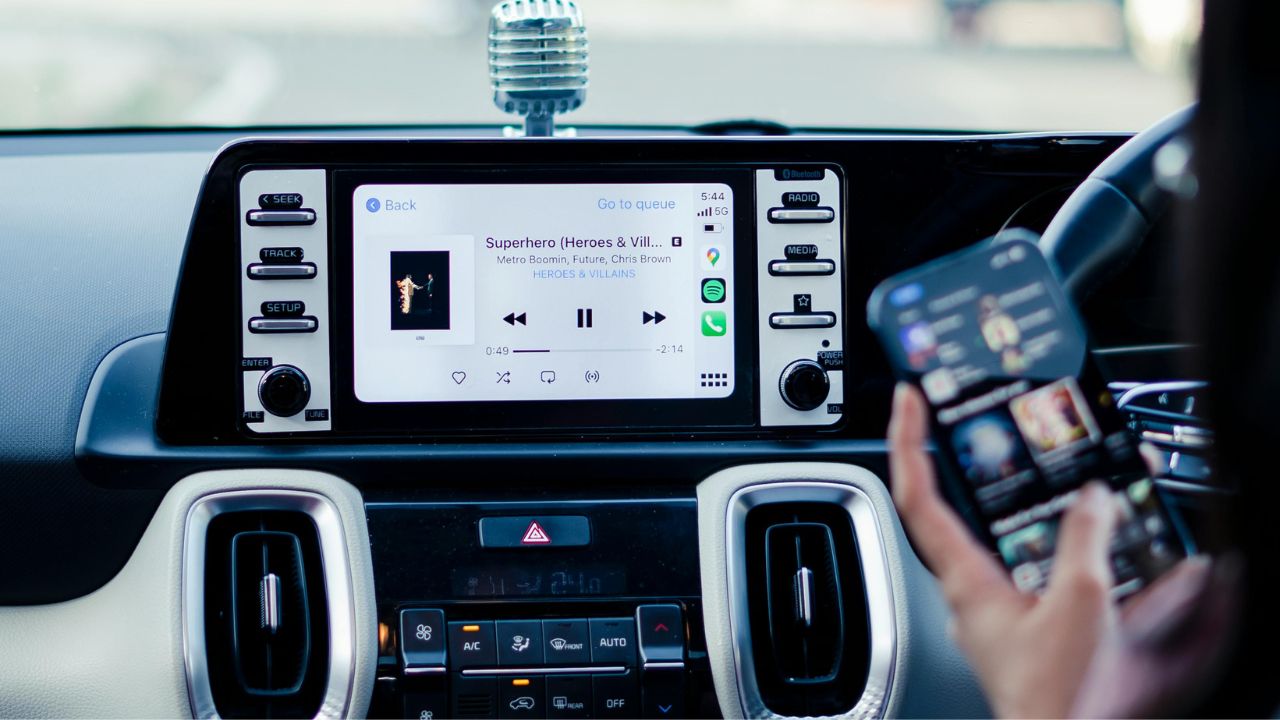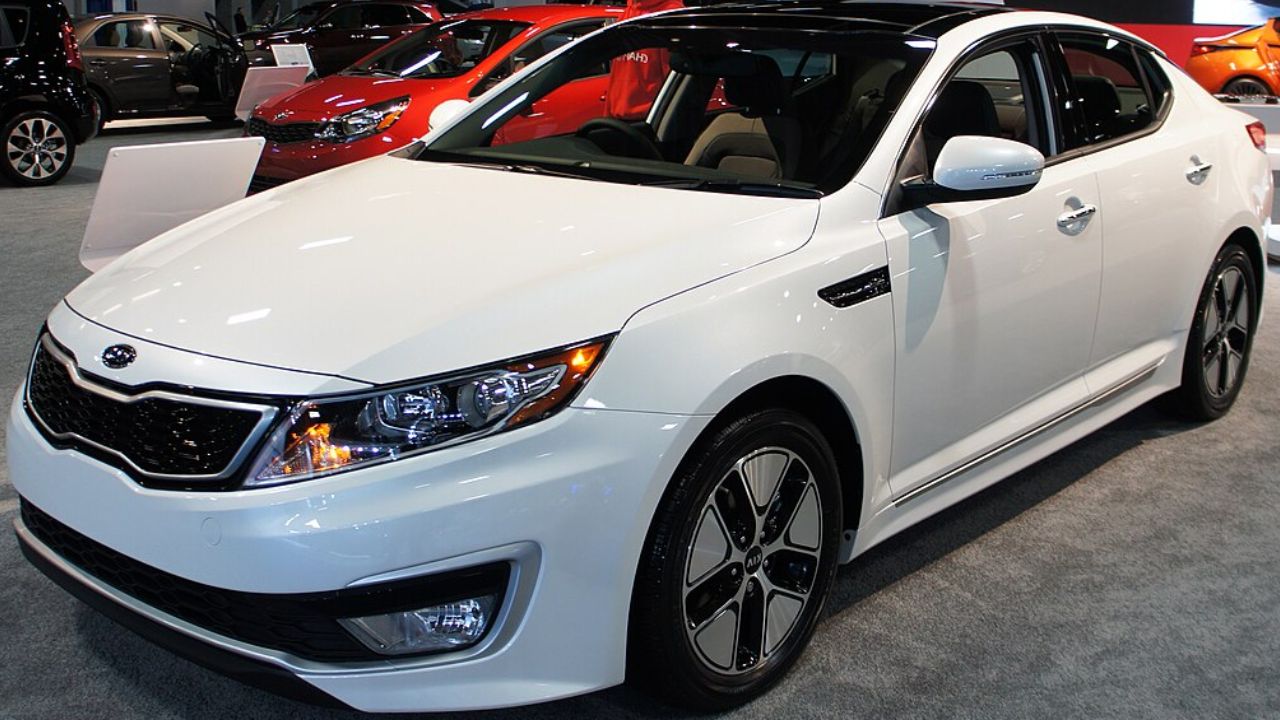The automotive industry is on the cusp of a technological revolution, with advancements poised to redefine how we perceive and interact with vehicles. From autonomous driving to sustainable energy solutions, the next wave of innovations promises to enhance both safety and convenience, while also addressing environmental concerns.
Autonomous Driving Enhancements

Level 5 Autonomy Development
The journey towards achieving Level 5 autonomy—fully self-driving vehicles—continues to advance as car manufacturers and tech companies push the boundaries of innovation. Companies like Tesla, Waymo, and Uber are at the forefront, conducting extensive real-world testing to overcome technical and regulatory challenges. For instance, Waymo’s recent trials in urban environments, leveraging advanced sensor arrays and AI algorithms, bring us closer to a future where human intervention is unnecessary.
Despite these strides, obstacles such as regulatory approval and public trust remain. Governments worldwide are working to establish frameworks that ensure safety without stifling innovation. For example, the European Union’s recent guidelines aim to standardize autonomous vehicle testing protocols across member states, paving the way for broader acceptance and integration.
Advanced Driver Assistance Systems (ADAS)
Advanced Driver Assistance Systems (ADAS) continue to evolve, integrating AI and machine learning to enhance vehicle safety. Features such as collision avoidance, lane-keeping assistance, and adaptive cruise control are becoming standard in modern cars. Companies like BMW and Mercedes-Benz are pioneering these systems, offering models equipped with the latest ADAS technologies. The BMW 7 Series, for example, includes an advanced adaptive cruise control system capable of adjusting speed and maintaining safe distances in heavy traffic conditions.
These systems not only improve safety but also contribute to a more relaxed driving experience. As ADAS technology progresses, we can expect more vehicles to feature predictive capabilities, identifying potential hazards before they become imminent threats. This proactive approach is set to reduce accidents and enhance overall road safety significantly.
Vehicle-to-Everything (V2X) Communication
Vehicle-to-Everything (V2X) communication is a game-changer, enabling real-time connectivity between vehicles, infrastructure, and pedestrians. This technology helps optimize traffic flow, reduce congestion, and decrease the likelihood of accidents. For instance, Audi’s Traffic Light Information system, already operational in select cities, uses V2X communication to inform drivers of upcoming signal changes, allowing for smoother and safer driving.
Beyond traffic management, V2X can enhance emergency response by providing first responders with crucial information about accidents or road conditions ahead. As more cities adopt smart infrastructure, the integration of V2X will become increasingly vital in creating a cohesive and efficient transportation ecosystem.
Sustainable Energy Solutions

Electric Vehicle (EV) Battery Innovations
Electric vehicle battery technology is undergoing rapid advancements, with breakthroughs aimed at extending range, reducing charging times, and lowering costs. Companies like Panasonic and CATL are leading the charge, developing next-generation lithium-ion and solid-state batteries. The Tesla Model S Plaid, with its impressive 390-mile range on a single charge, exemplifies these advancements, showcasing the potential for EVs to rival traditional combustion engines in terms of practicality and performance.
In addition to range improvements, efforts are being made to make charging infrastructure more accessible and efficient. Fast-charging networks, such as those being expanded by Electrify America and ChargePoint, are crucial in supporting the growing EV market. As battery technology continues to improve, the transition to electric vehicles becomes an increasingly viable option for consumers worldwide.
Hydrogen Fuel Cell Vehicles
Hydrogen fuel cell vehicles (FCVs) present a promising alternative to traditional fossil fuels, offering zero-emission transportation with the potential for longer ranges and faster refueling times compared to battery-electric vehicles. Toyota and Hyundai are pioneers in this space, with models like the Toyota Mirai and Hyundai Nexo demonstrating the viability of hydrogen as a clean energy source.
However, the widespread adoption of FCVs faces challenges, primarily due to the limited hydrogen refueling infrastructure. Efforts are underway to expand this network, with countries like Japan and Germany investing heavily in hydrogen stations. As infrastructure improves and production costs decrease, hydrogen fuel cell vehicles are poised to play a significant role in reducing global transportation emissions.
Smart Connectivity and Infotainment

5G Integration
The integration of 5G technology into vehicles is revolutionizing connectivity, offering high-speed internet that enables real-time data processing and enhanced in-car entertainment experiences. Automakers like Ford and BMW are leading this charge, equipping their latest models with 5G capabilities. For instance, the BMW iX features 5G connectivity, allowing for seamless streaming, over-the-air software updates, and improved navigation services.
Beyond entertainment, 5G enhances vehicle-to-vehicle (V2V) and vehicle-to-infrastructure (V2I) communications, critical for the future of autonomous driving. As 5G networks expand globally, the potential for smarter, more connected vehicles becomes increasingly tangible, transforming how we interact with our cars and the world around us.
Augmented Reality Dashboards
Augmented reality (AR) dashboards are reshaping how drivers interact with their vehicles, providing intuitive navigation, traffic updates, and safety alerts directly on the windshield. Manufacturers like Mercedes-Benz and Jaguar are incorporating AR technology into their models, with the Mercedes-Benz S-Class offering a head-up display that projects real-time navigation and safety information onto the road ahead.
This technology not only enhances convenience but also improves safety by allowing drivers to keep their eyes on the road while receiving essential information. As AR technology advances, we can expect more refined and immersive experiences that further integrate digital information with the driving environment.
Advanced Materials and Manufacturing

Lightweight Composite Materials
Innovations in lightweight composite materials are transforming vehicle design, improving fuel efficiency and performance without compromising safety. Automakers are increasingly utilizing materials such as carbon fiber and advanced polymers to reduce vehicle weight. The BMW i3, with its carbon fiber-reinforced plastic body, exemplifies how these materials can enhance efficiency while maintaining structural integrity.
These advancements are not only beneficial for electric vehicles but also for traditional combustion engines, as reduced weight directly translates to better fuel economy. As research continues, we can expect even more sophisticated materials to emerge, further optimizing vehicle performance and sustainability.
3D Printing in Automotive Production
3D printing, or additive manufacturing, is revolutionizing automotive production, offering increased customization and rapid prototyping capabilities. Companies like Ford and General Motors are leveraging this technology to produce complex parts with greater efficiency and less waste. For example, Ford’s use of 3D-printed brake parts in its high-performance Shelby GT500 demonstrates how this technology can enhance vehicle performance while reducing production costs.
The ability to quickly produce and test new designs accelerates the innovation cycle, allowing manufacturers to bring new models to market faster. As 3D printing technology advances, it promises to further streamline production processes and enable even greater levels of vehicle customization.
Like Fast Lane Only’s content? Be sure to follow us.
Here’s more from us:
*Created with AI assistance and editor review.






Leave a Reply